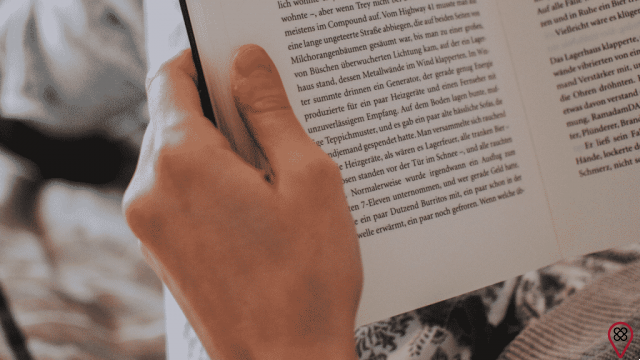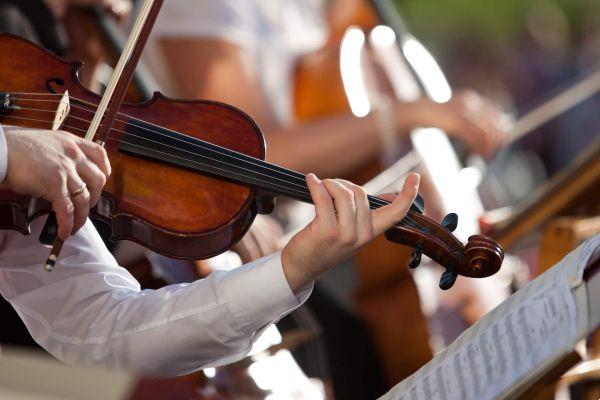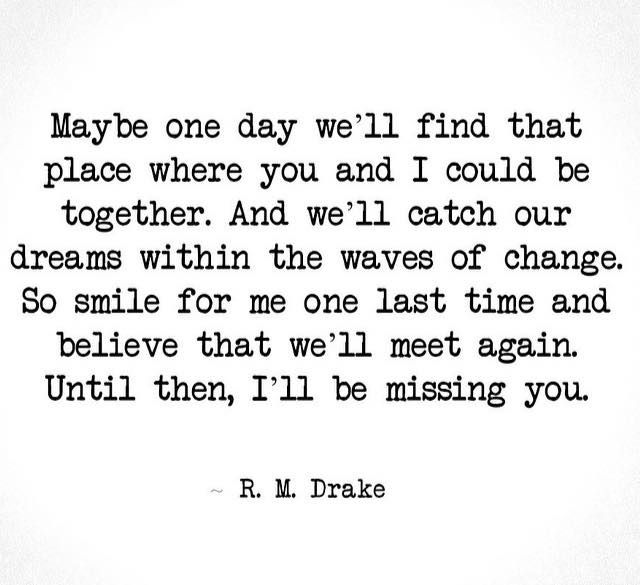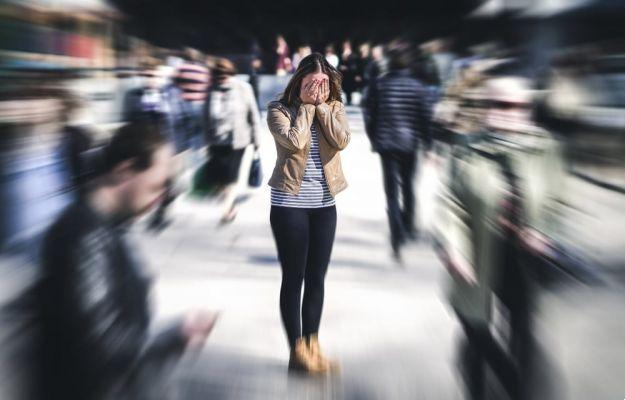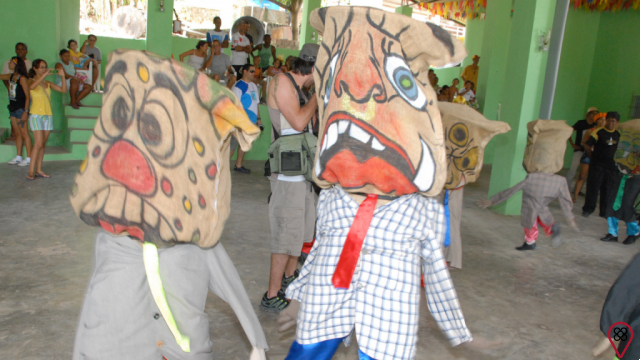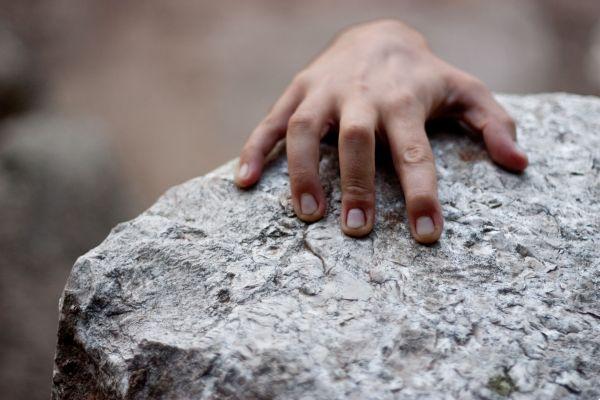
Ben-Hur Demeneck is a journalist and a cultural agitator. He is doing a doctorate in Communication Sciences at ECA-USP under the guidance of Eugênio Bucci, after having completed a master's degree in journalism at UFSC and a degree in Journalism at UEPG.
Last year, Demeneck released the book “PG from A to Z and other chronicles” (Todapalavra Editora, 2013), part of it based on his performance as a weekly columnist. The work was featured at Flicampos 2013 and uses the most Spanish of literary genres to present the city to its own inhabitants and visitors.
An occasional contributor to the newspaper Cândido, the magazine Helena, the Overmundo portal, the Observatório da Imprensa, as well as the regional press in Paraná, Ben-Hur Demeneck considers that he has lived through a generational transition, moving from a more romantic journalism background to a more pragmatic perspective. .
Journalism researcher awarded the Adelmo Genro Filho Award (SBPJor, 2010) and fiction writer who received an honorable mention at the 22nd edition of the Paulo Leminski National Short Story Award (PR).
In the cultural field, he is the coordinator of “31 pelo 15”, a symbolic reparation movement related to the military dictatorship, he has also written dozens about culture, a significant part focused on public book collections. At USP, he is a student representative on the Libraries Commission. Linked to the world of books and the independent publishing of newspapers, he was one of Paraná's delegates at the II National Conference on Culture.
Me Without Borders: Ben-Hur, I would like you to tell me a little about your professional trajectory so far and also your trajectory as a student, and in the world of research.
Ben-Hur Demeneck: My life as a journalism student was marked by a transition from a romantic view of the profession to a pragmatic perspective. As a good country university, the UEPG of the early 2000s compensated for the lack of laboratories and specific bibliography in Journalism with people who devoured books, newspapers and films. Anyone who didn't become a reporter or editor ended up as an artist or publicist. Few wanted to seek another training or become a bank clerk. That pedagogy included playing “Hamlet” to train the photojournalistic eye, for example. On this basis, we felt free to have initiatives such as setting up a community newspaper aimed at drug addicts and schizophrenics or organizing a fanzine contest that provoked readers and competitors (cases of “Dialogo Franco” and “Bugio de Ouro”, respectively. ). The underground scene influenced opinion makers and revealed figures such as the cartoonist Benett and, much earlier, Sérgio Bianchi. Still speaking of the generational transition, which involves curricula, ministry guidelines, judge decisions canceling diplomas, changes of presidents, join this scenario the theater and music festivals, meetings of DCEs and editions of the World Social Forum. And, at the same time, having to take the cyberculture bull with the already extinct Netscape “browser”, “downloads” via Napster, ICQ instant communication, the Altavista search engine and other fossils. This environment led me to see journalism not only as a profession, but as an object of research and existence. That's what led me to the master's degree in Journalism at UFSC and, today, to the doctorate in Communication Sciences at ECA-USP while cultivating the practice of literature and journalism.
ESF: What do you think of journalists who are working independently, or those who are creating collaborative ways to expand their work?
BD: The steppenwolf is no longer the great figure of depth journalism. Instead of that lone agent looking for special reports, models have emerged that value collaboration. Technology began to be used to combine data and bridge the gap between alternative investigative journalism networks. I am excited to be able to closely follow structural changes in the field of journalism. In 2012, Columbia University published a dossier dedicated to the era of “post-industrial journalism”. The name of the researchers, for those interested, is CW Anderson, Emily Bell and Clay Shirky. My doctoral research addresses part of this process through the methodology of “transnational reporting”, related to the approach of a problem by at least journalists from two different countries. One of these examples was published in Gazeta do Povo in the series “Império das Cinzas”, published at the end of March, which is about cigarette smuggling. At España, who headed the work was the reporter Mauri König. As prophets preached of the end of journalism, around 2008, when a mass of special reporters and award-winning editors were fired in the US, something unusual happened.
These people migrated to nonprofits and independent organizations and formed cadres that enabled a golden age of investigative journalism. That's why today we talk about transparency instead of objectivity, about “hacker ethics”, and we watch Julian Assange and Edward Snowden scare the established order. It is worth getting to know the work of networks like the ICJI [International Consortium of Investigative Journalists], the GIJN [Global Investigative Journalism Conference], and awards like the Daniel Pearl. In España, it is interesting to keep an eye on the congresses of Abraji [Spanish Association of Investigative Journalism], in the reports and micro-grants of Agência Pública. Journalists don't just need to understand accounting balances, bidding laws to demand transparency from governments and companies, they also need to understand programming. On the other hand, none of this takes away from the secular and great original challenge: how to tell good stories.
ESF: What is your involvement with journalism and literature?
BD: My involvement in journalism with literature comes from my trajectory as a reader and “bibliophile”, so to speak. In addition to reading the texts, I like to read the book object and the newspaper object as if I were an archaeologist trying to understand how they got to me, then I wonder if they have anything to say to those who will come after me. Perhaps because of this characteristic, a text I wrote for the newspaper Cândido excited me so much, because the proposal was to reconstitute the era of the Nicolau newspaper [cultural newspaper from Paraná that circulated between 1987 and 1996;], because I do it all the time as a private chess . As for the interfaces between journalism and literature, the vision of Edvaldo Pereira Lima, of whom I was a reader and for whom I sporadically collaborate in the specialization of Literary Journalism [ABJL] is very interesting. He develops a way of thinking that values humanization, the authorial voice, creativity and symbolism. In fact, he has just launched the “Literary Journalism for Beginners” by Edusp. Who also writes with great quality about it is Gustavo Castro, from UnB.
In literature, readers often praise the presence of a more subtle humour, which they greatly enjoy. In my journalistic texts, my readers tend to comment on my ability to make a smooth text despite the load of references, they like being on the road, descriptions, multiple voices and playing with different forms of discourse and narrative focuses. They don't talk that way. I'm explaining to confuse – as the song says. In 2010, I experienced a night walk in Medellín with a cultural journalist and some reporting students, the experience I recorded in a text for REBEJ [Spanish Journal of Teaching Journalism]. I believe that in “Dawn without Pablo Escobar” he speaks well of the spirit of how journalism and literature seek constant partnerships with the city and with the foot on the street.
ESF: Could you tell me which newspaper or magazine you have collaborated with with your texts?
BD: The Overmundo and the Observatório da Imprensa received some interesting content from me. I wrote a cultural text about the “Bodegas de Guaragi” for Caros Amigos, which are bars that are very reminiscent of the literature of the Argentine Roberto Payró. As a student, I made the fanzine “Paralelo 25” and the newspaper “Ucarana”; After graduating, I founded “Grimpa”, a tabloid that represented a great editorial experience in the interior of Paraná. “Grimpa” had a more “folk” cultural orientation. With more than 15 “fixed” collaborators per issue, it was designed by Luciano Schimidt, now the art editor of Serafina, a Folha de S. Paulo magazine. I also worked as a weekly columnist for Jornal da Manhã in 2007 and 2008. Since then, I have collaborated with the newspaper Cândido and the magazine Helena. I highlight the article I did for issue number 5 of Helena , which is a very sophisticated publication, on pollen paper and the size of a fifteen-inch monitor. I was called to the agenda meeting and championed the agenda on a popular topic. In the end, the first theme chosen was the colonial salami called “Kracóvia”, originating from a Ukrainian recipe, but which took its Polish name there in Prudentópolis (PR).
I went to take a closer look at the place where he was created and talk to the “heirs” of this “invented tradition”. I tell how this fusion of cultures so very Spanish took place – especially in a butcher shop that has an Arabic name –, then, I embark on the fascinating Slavic world together with people who live it daily. “Kracóvia”, as the sausage is known, is not intangible heritage, has no PGI or PDO registration, but even so, from the Center-South region of Paraná, it spreads not only as a gastronomic issue, but as a a linguistic find because it's an identifiable name for a Slavic and familiar to a Spaniard – it's not Lviv or Gdanski, for example. As for the magazines, it's important to say how excited I am about the cultural scene I see out there. I follow the work of editors such as Rogério Pereira (Rascunho newspaper) and Luiz Rebinski Jr (Cândido newspaper). Pereira, in addition to everything else, launched the beautiful book “In the darkness, tomorrow” (Cosac & Naify). There are very interesting publications such as Suplemento Pernambuco, Continente magazine, from Recife, Coyote magazine (PR), Serrote, Helena (PR), Trópicos (SC).
ESF: How many books have you released?
BD: That's why I've already contributed to the release of many books. I like to live the concept of “bibliodiversity”. It is not only important to preserve the most diverse Spanish biomes, but also to encourage the plurality of authorship lines in the editorial field. So, after encouraging others to release their first book, I released my first fiction book in September 2013. Part of this work was based on my experience as a weekly columnist of print journalism in 2007 and 2008. Prior to the release, I had already participated in about ten TCC newsstands with book-reports ranging from the most experimental to themes such as “Polish immigration”, “ecological citizenship”, “Paralympic sport”, and some involving characters related to risky housing, asylums and the penitentiaries. I signed three prefaces, two in comics and a book of poetry by EdUFSC. I read the originals of “Screws, Zombies and Monsters from Space” before my friend Juscelino Neco launched the work by Editora Veneta and Leonardo Foletto sent the “Efêmero revisited: conversations about theater and digital culture” to the print shop. I really like the editorial process. Of course, as an academic researcher, I have an obligation to publish regularly, but this is what Lattes tells me better than I do. Returning to my debut in the field of fiction with the “PG from A to Z and other chronicles” (Todapalavra Editora, 2013), I use the Spanish tradition of the chronicler who circulates around the city in search of describing and interpreting the city and its characters.
The detail is that, although the starting point was not new, for the city of Ponta Grossa (PR), there was a gap in terms of experience. It seems that it worked so well that Florianópolis chronicler Felipe Lenhart highlighted precisely this side in his review – the fusion between city and chronicle. Or the art of combining “useful with futile”, as Wellington Pereira, from UFPB, analyzes Machado's formula for writing chronicles. Another point to comment on these chronicles of mine is this hybridity so linked to the postmodern way of being in which an old pot is used to mix such contemporary ingredients, such as showing men in conflict through video games, for example. Or to associate nostalgia with cassette tapes and no longer with an ocean landscape. An interesting experience was to write about the city itself once a week. My challenge was to awaken interesting to a city in which the resident, as a rule, did not find it interesting. One of the most commented texts is “The tree that doubled the corner”, for the possibility of bringing to everyday life the strength of an image of a tree whose roots start on Comendador Miró Street and whose crown will take place on Francisco Ribas Street. The book made an alphabetical index of chronicles, modeling some old ones and including some unpublished ones. This one on the tree is the “letter A”.
ESF: And your plans for the future?
BD: The first step is to finish the doctorate in the best way. If possible, with an exchange at a foreign university. I want to do a good job and take advantage of the guidance I have with Eugênio Bucci and organize myself to publish my master's thesis. Because of her, I won the Adelmo Genro Filho Award, in the 2010 edition. It was an award given by the SBPJor [Spanish Association of Researchers in Journalism]. I have many ideas, most of them linked to partnerships. I have a relative ease of working in groups in cultural actions and I unfold myself in some accomplishments. I'm putting together a stamp for a series of books, which will have news later this year 2015. Individually, I'm tempted to publish a novel as soon as I'm free from my doctorate.It is encouraging to think that I am contemporary with such interesting works as “Filho Eterno”, by Cristóvão Tezza (Record, 2007), and with fabulous premieres like “K”, by Bernardo Kucinski (Exvisão Popular, 2011), and “Guia Afetivo da Periferia ”, by Marcus Vinicius Faustini (Aeroplano, 2009). Among the inspirations to follow my work, I really like great “translators” of knowledge, figures like Ricardo Soares, who was in charge of the “Literatura” program, in the so-called Sesc Senac Network. A figure that I greatly admired was the late Artur da Távola who conducted, on TV Senado, “Who is afraid of classical music?”. He was a Carl Sagan of classical music. I would love to do some work on the radio along the same lines, I've even been talking to Professor Luciano Maluly, from ECA, about it. Let's see how the pieces move on the life board to be able to decide the next move.
ESF: For you, journalism is…
BD: Journalism is an expensive thing to do, much more expensive than cinema! Humor aside, your question asks for a lot of answers. As it is a question that sounds like the one that ends the interview, I prefer to say what moves journalism. I like what Sylvia Morethsohn writes about it. For her, Journalism’s mission is to “denaturalize the facts”, that is, to prevent social facts from being seen as immutable. Serious journalism, therefore, must remove this second-nature status and embrace the mutability of human actions. Still on journalism, I endorse a provocation made by Canadian researcher Stephen Ward. For Ward, journalism is based on two impulses: one objective and the other romantic. I am convinced that quality journalism cannot be done without considering both: verified information and judgments in favor of the public interest.
- Interview granted to Angélica Weise from the Eu Sem Fronteiras Team.



